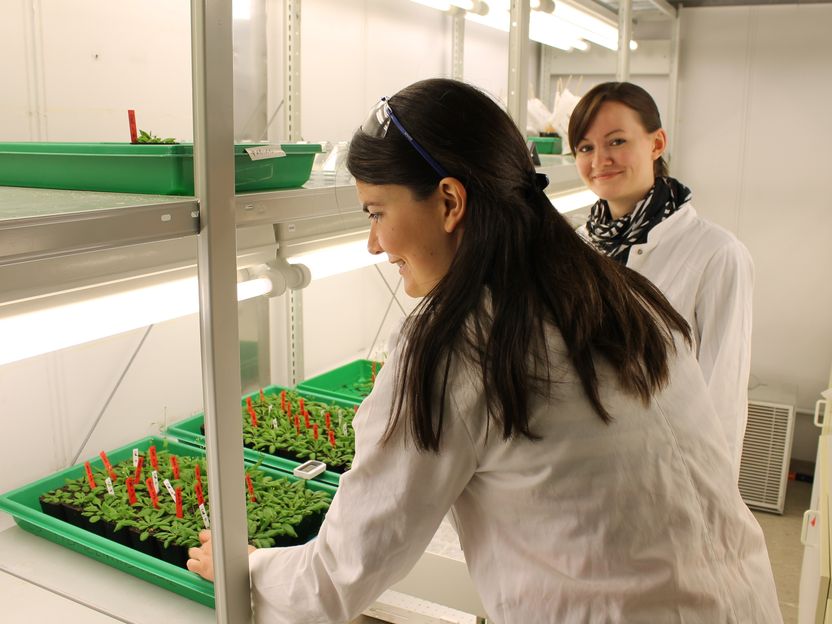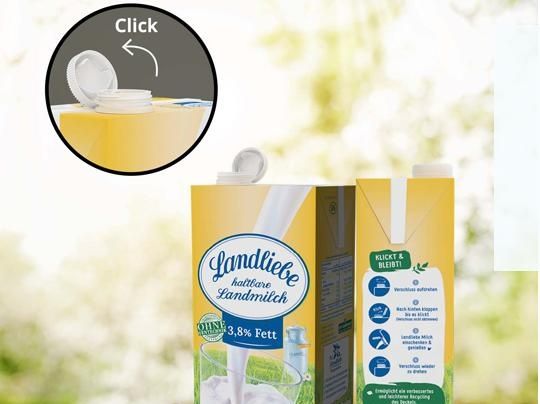Heightened risk in rice? Bayreuth researchers discover the toxicity of thioarsenates for plants
rice is a staple food in many regions of the world, however it sometimes contains levels of arsenic that are hazardous to our health. An interdisciplinary team of researchers at the university of Bayreuth has now discovered that there are arsenic compounds which have a toxic effect on plants and yet had not previously been considered in connection with chemical analyses of rice and the estimated health risks for humans. The research concerns thioarsenates, compounds made up of arsenic and sulphur, which may be present in rice fields more often than previously assumed. The scientists have published their findings in the journal Environmental Science and Technology.

Christian Wißler/ Universität Bayreuth
Increased concentrations in rice fields?
Thioarsenates can be found in surface water, groundwater, and bottom water with high levels of sulphide. Sulphide is the reduced form of sulphate; it reacts spontaneously with arsenic and can form thioarsenates. Rice fields provide favourable conditions for these processes. “Rice is usually grown on flooded fields. The resulting lack of oxygen in the ground can reduce sulphate to sulphide. We were able to demonstrate for the first time that a considerable amount of the arsenic in rice fields – namely 20 – 30% - is bound up in the form of thioarsenates,” explained Prof. Dr. Britta Planer-Friedrich, Professor of Environmental Geochemistry at the University of Bayreuth. “Further research to shed more light on the spread of thioarsenates is now even more urgent since we were able to show for the first time that thioarsenates can be absorbed by plants and are harmful to them.”
Harmfulness for biological model organisms
The experiments in Bayreuth, which also included several doctoral researchers – concentrated on the thale cress (Arabidopsis thaliana), a common plant in the fields of Europe and Asia that has proven to be a useful model organism in biological research. Together with plant physiologist Prof. Dr. Stephan Clemens, various mutants of the thale cress were tested in the laboratory to see how they reacted to thioarsenates added to their nutrient solution. The results were clear: the plants absorb the arsenic-sulphur compounds and their growth is visibly limited. The more arsenic reaches the plant in this way, the more its roots shrivel up.
Toxic for humans too?
“In the wake of these unsettling findings, we plan to investigate the effects of thioarsenates on different types of rice over the next several months. At present, we do not yet sufficiently understand whether or not and to what extent rice plants absorb the arsenic that bonded with sulphur and to what extent this adversely affects their metabolic processes. Above all, it is unclear whether thioarsenates also make their way to the rice grains,” explained Prof. Clemens. He added, “At the University of Bayreuth, we have all the research technology necessary to see these experiments through. If it turns out that thioarsenates are absorbed by the roots of the rice plants and make their way to the rice grains unaltered, then further research will be needed. In particular, we would need to clarify whether thioarsenates are toxic for humans who consume food containing rice over an extended period. What’s more: in addition to the previously known forms of arsenic, thioarsenates must be considered in the future when developing rice plants that accumulate less arsenic in their grains. This is an objective currently being pursued by numerous research groups around the world.”
“Not only the EU, which has had a limit for arsenic in rice since 2016, but above all countries in Asia and Africa – where yearly rice consumption can be well above 100 kilograms per person – should be following rice research closely with an eye to amending their food safety regulations. Traces of arsenic are also found in drinking water and other types of food. These trace amounts can add up to a daily dose representing a health risk that is not to be underestimated,” Prof. Planer-Friedrich said.
A few years ago, Planer-Friedrich discovered that thioarsenates could play a more significant role in the earth’s arsenic balance than previously thought. The starting point was a study at the hot springs in Yellowstone National Park. Here it was discovered that more than 80% of the arsenic from the hot springs is bound up in thioarsenates. In the following years, it was shown that thioarsenates can occur in soil and groundwater under less extreme conditions. Depending on the sulphide content, they may even account for more than a quarter of total arsenic. These findings have provided impetus for further experiments on the spread of such arsenic compounds – at the University of Bayreuth, such research will focus on the staple food rice.
Publication:
Britta Planer-Friedrich, Tanja Kühnlenz, Dipti Halder, Regina Lohmayer, Nathaniel Wilson, Colleen Rafferty, and Stephan Clemens, Thioarsenate Toxicity and Tolerance in the Model System Arabidopsis thaliana,
Environmental Science & Technology (2017), DOI: 10.1021/acs.est.6b06028
Other news from the department science
Most read news
More news from our other portals
See the theme worlds for related content
Topic world Food safety
Food safety is at the heart of the food and beverage industry. It ensures that the food we eat every day is not only nutritious, but also free of harmful contaminants. From field to plate, the industry monitors and regulates every step of the process with strict quality controls, advanced testing methods and continuous research.

Topic world Food safety
Food safety is at the heart of the food and beverage industry. It ensures that the food we eat every day is not only nutritious, but also free of harmful contaminants. From field to plate, the industry monitors and regulates every step of the process with strict quality controls, advanced testing methods and continuous research.

































































